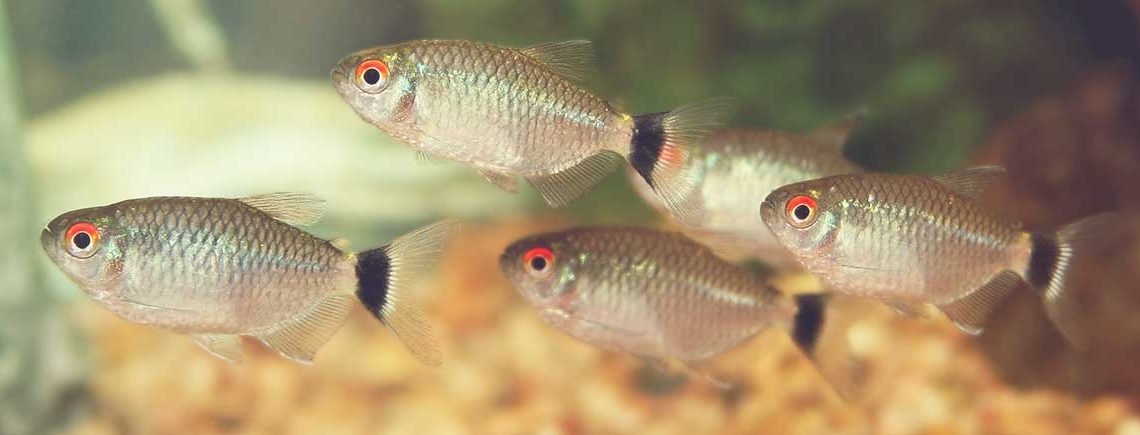Fish Keeping – Maintaining a Healthy Fish Tank
Maintaining a Healthy Fish Tank
Your fish are entirely reliant on you to ensure that the space in which they live is managed to ensure their ongoing health and wellbeing. Maintaining the health of your fish will require a regular water-health care routine which will sustain and support a safe underwater home for your fish. In this blog post we talk a little more about what that entails.
While fish-keeping is an addictive hobby; as with all pets, a healthy fish tank and caring for your fish requires commitment, a little bit of science, and regular cleaning.
Your fish need properly balanced water to remain healthy. This means their water needs to have a stable pH and be free of the harmful toxins (ammonia, nitrite and nitrate) which their waste creates.
- Regular cleaning and the correct filtration system will help to retain this balance
- Clean the gravel weekly using a gravel vacuum
- Remove algae from glass or ornaments using an algae scraper
- Carry out a simple pH test once a week
- Change 20% of the water in your tropical or coldwater tank, or 10% of the saltwater in your marine tank, each week
- Only use water from your tank to wash filter sponge, never tap water
- Never use detergent to clean your tank or ornaments

Introducing New Fish
Any changes to your fish’s habitat will cause changes in the water chemistry which need to be carefully managed. If introducing new fish or plants to your tank, in order to manage the in-tank toxin levels and keep the water safe for your fish, it is important to only add a few new fish at a time; to allow the tank’s bio load to adjust.
Remember also to:
- Test toxin levels before and after introducing new fish or plants
- Always follow correct acclimatisation procedures
Acclimatisation Procedures
When introducing new fish to your fish tank; you will need to allow the fish to acclimatise to its new environment slowly. Because of their sensitivity to pH, specific gravity and changes in water chemistry, marine fish and invertebrates need a slightly different acclimatisation procedure than freshwater fish. By following these simple steps you will be helping your fish to settle into their new home.
-
- Gently empty the contents of your fish bag (including the fish) into a clean bucket
- Add 1 cup of water from your fish tank directly into the bucket
- Repeat step 2 every ten minutes for an hour
- After an hour, your fish will be ready to be added to your new tank, so using a net, gently place your fish in
- Do not feed your fish on their first day in your tank. Instead, allow them 24 hours to settle in.
Keeping Your Fish Healthy
If you don’t have filter in your goldfish bowl, you should thoroughly clean your fish bowl every week. It is also important to have a net on hand to scoop out feces or leftover food each day, to prevent this waste causing your tank’s pH levels to spike, which will be detrimental to your fish’s health.
How to change the water in your Goldfish Bowl:
- Catch your fish with a small net and place it in a smaller bowl full of room-temperature water from the your fishbowl.
- Empty the original fishbowl into the sink. Catch any rocks or other objects in a strainer.
- Rinse the bowl thoroughly with hot water, scrubbing the sides with a paper towel, if needed.
- Pour out the dirty water, and repeat with more hot water. This will help kill germs and bacteria.
- Clean your bowl using a fish-safe cleaner designed specifically for gold-fish bowls. Never use soap or detergent when washing a fishbowl.
- Rinse the bowl out thoroughly with cold water.
- Run cold water over the objects in the strainer (gravel, plastic plants) until they are clean. After that, return them to the bowl.
- Refill the bowl and let the new water sit for 24 hours to allow the chlorine in the tap water to evaporate and to bring the water to room temperature.
- Now you can return your fish to the bowl, along with the original water that you have kept them in overnight.

